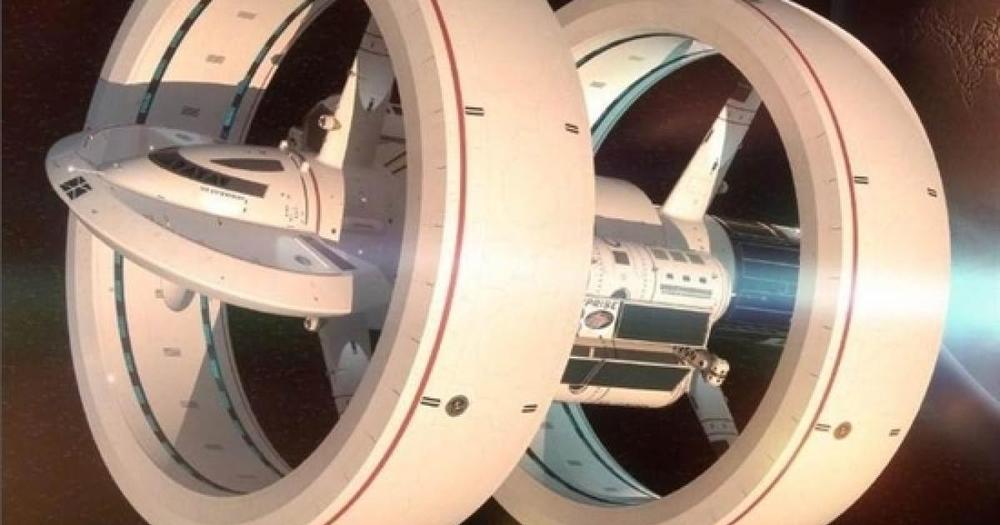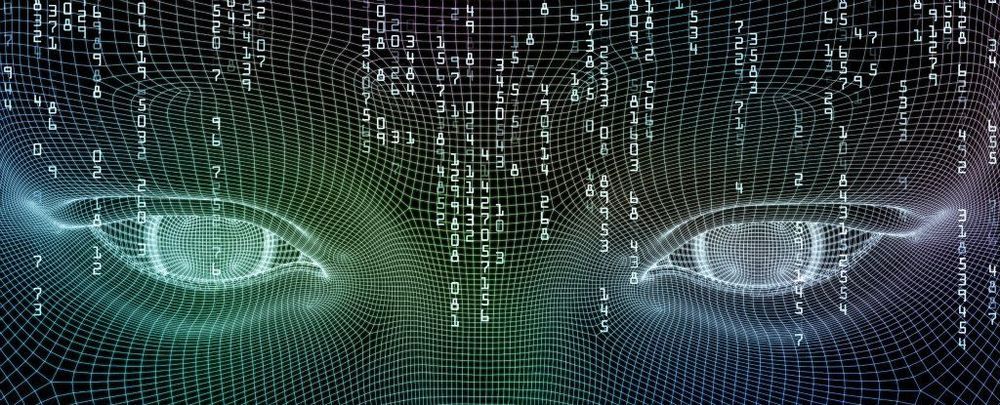Feb 21, 2019
World’s Biggest Bee, Once Thought Extinct, Has Been Found Alive
Posted by Quinn Sena in category: evolution
A black, thumb-sized missile sails through the jungle air, a thunderous buzzing announcing its arrival. The massive insect lands heavily on a tree-bound termite nest, taking a moment to fold its brassy wings and stretch its humongous, curved jaws. This is Wallace’s giant bee, the beefiest and bumbliest bee on Earth. After going missing for nearly four decades, the species has just been rediscovered in its native Indonesia.
Wallace’s giant bee (Megachile pluto) gets its name from its original discoverer, Alfred Russel Wallace, the British naturalist famous for independently conceiving the theory of evolution through natural selection alongside Charles Darwin. Wallace collected the bee while on an expedition in Indonesia’s North Moluccas islands in 1858, describing it as a “large black wasp-like insect, with immense jaws like a stag-beetle.” The tiny titan then went more than a century without being spotted by Western scientists, only seen again by entomologist Adam Messer in 1981, who was able to observe some of its behavior on a number of small islands. But since then, no one had documented any encounters with the huge bee.

















